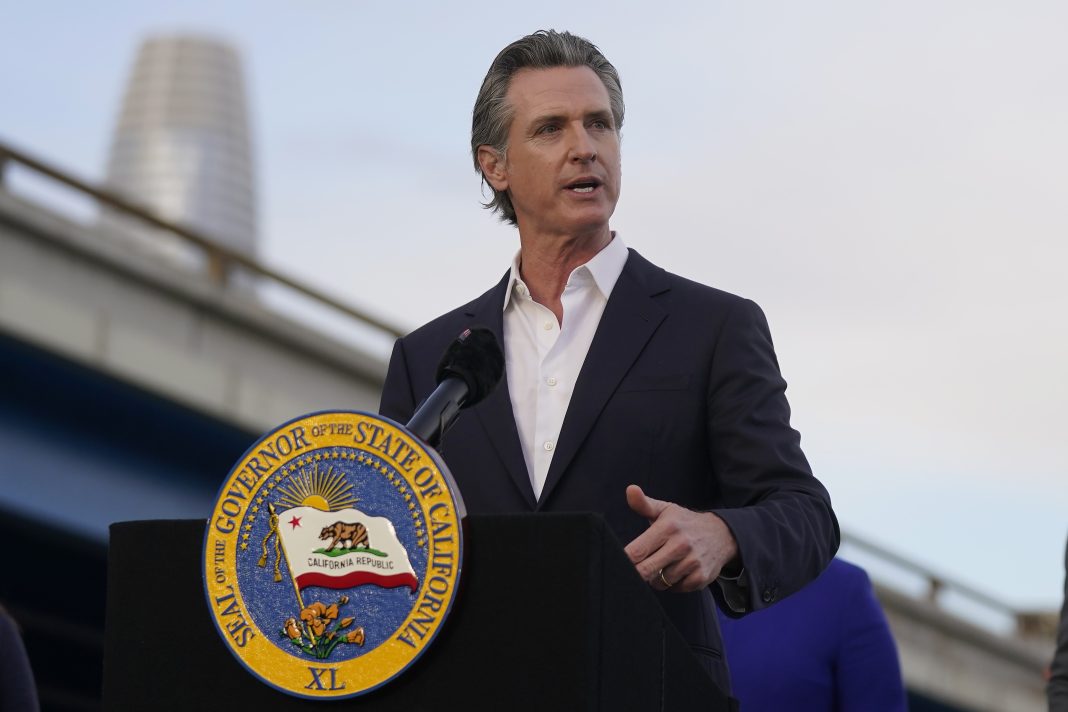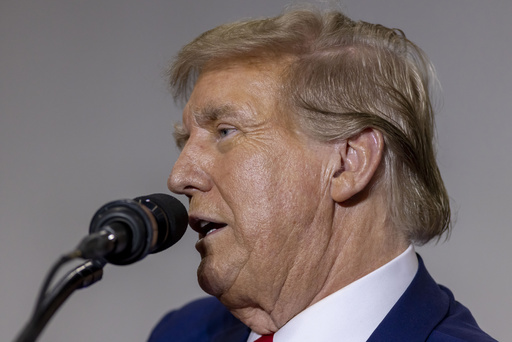California Governor Gavin Newsom has significantly surpassed his initial pledge to close at least one state prison within his first year in office. However, he’s currently facing resistance from criminal justice advocates and liberal lawmakers urging the closure of five additional penitentiaries.
Since assuming office, Newsom has implemented a moratorium on the death penalty and greenlit the closure of three prisons since 2019. Nevertheless, his administration appears to be retracting from a 2022 budget proposal aimed at potentially shutting down more facilities, citing concerns about the need to maintain the state’s 31 prisons to manage California’s fluctuating inmate population, improve rehabilitation programs, and prevent a recurrence of the overcrowding issues that prompted federal court intervention over a decade ago.
While Newsom has a history of progressive stances on criminal justice, the decision to close more prisons is complex and not solely centered on public safety, according to Michael Romano, director of the Three Strikes Project at Stanford University.
Despite facing pressure from both sides of the political spectrum, including calls for more closures from members of the Legislative Black Caucus such as Sen. Steven Bradford and Assemblymember Mia Bonta, Newsom’s administration has no immediate plans for further closures. The administration emphasizes the importance of balancing rehabilitation efforts and ensuring sufficient capacity to manage future fluctuations in the inmate population.
The Legislative Analyst’s Office has suggested potential savings of up to $1 billion annually over the next four years through the closure of additional prisons. However, concerns remain about the impact on rehabilitation and reentry programs, as well as the potential for future population increases to necessitate additional capacity.
While the prison population has declined in recent years, the Department of Corrections and Rehabilitation’s expenses have not seen proportional reductions, attributed in part to increased costs such as correctional officers’ salaries and pensions, as well as expenses related to COVID-19.
Despite these challenges, the administration argues that a lower prison population can facilitate more effective rehabilitation efforts by reducing competition for program access. However, the debate continues over the best approach to balancing cost savings with maintaining effective correctional and rehabilitation services.




